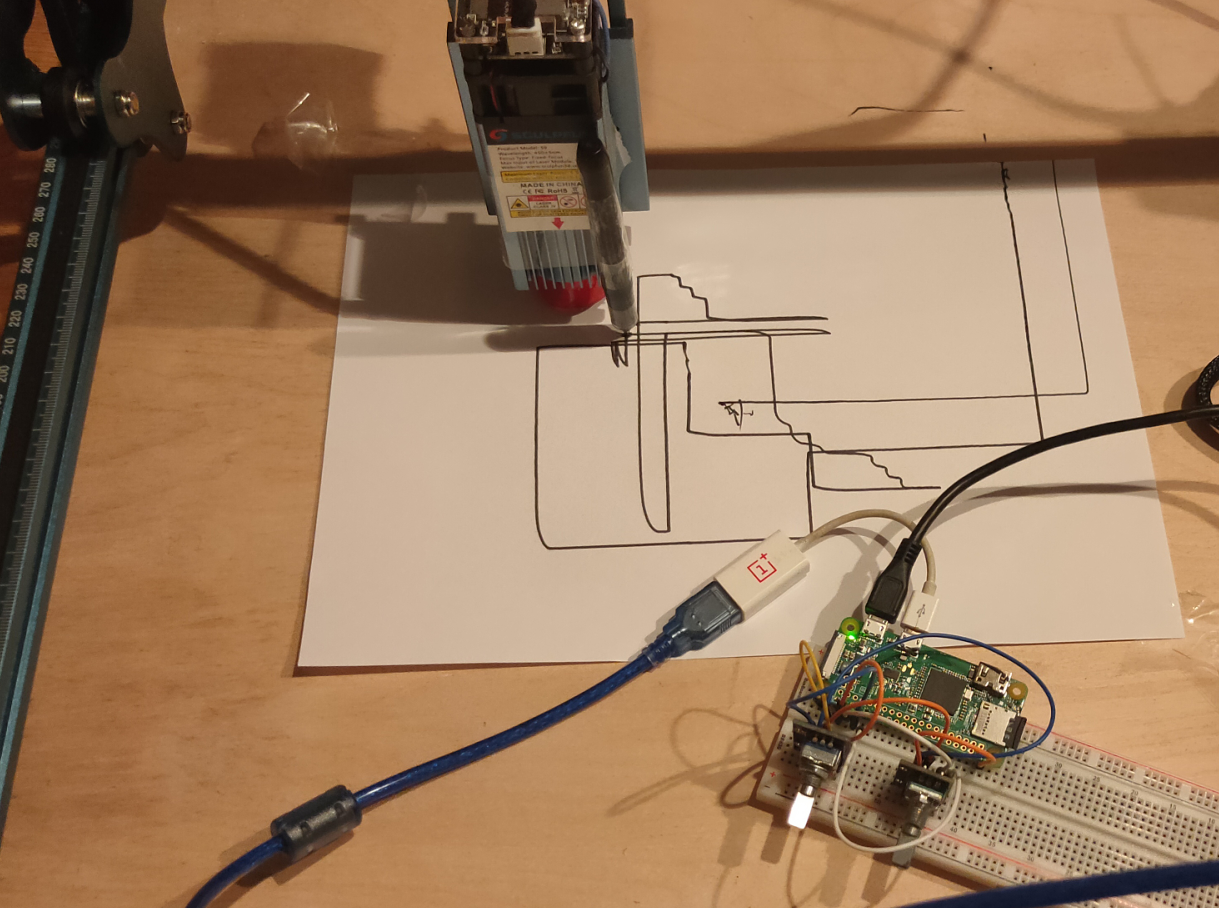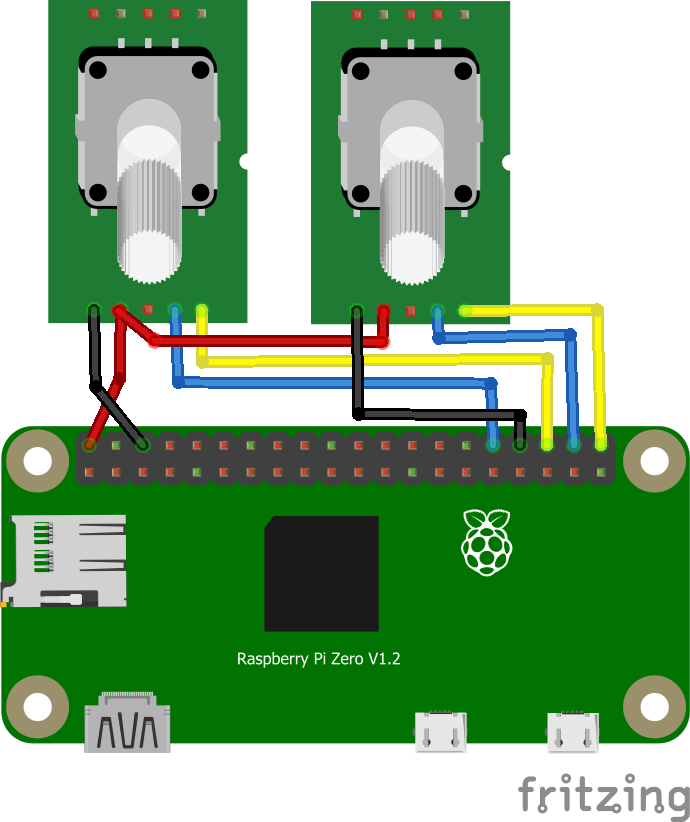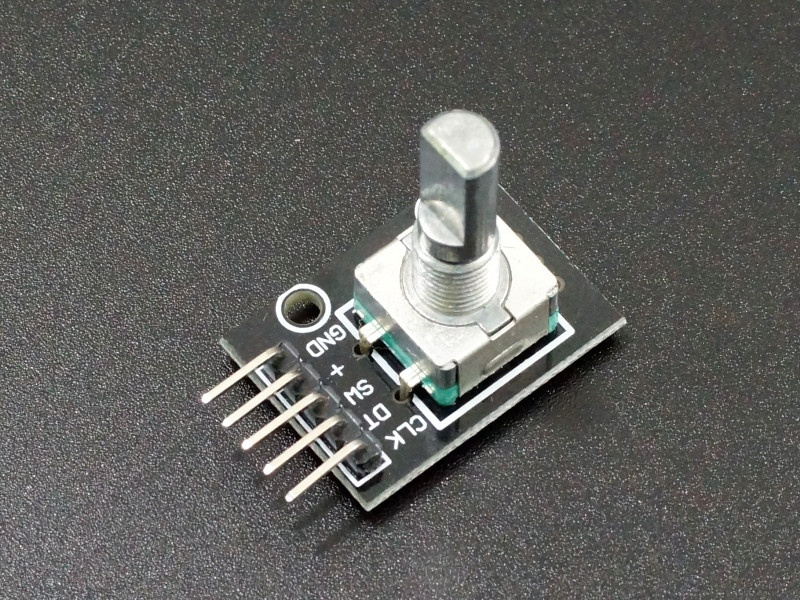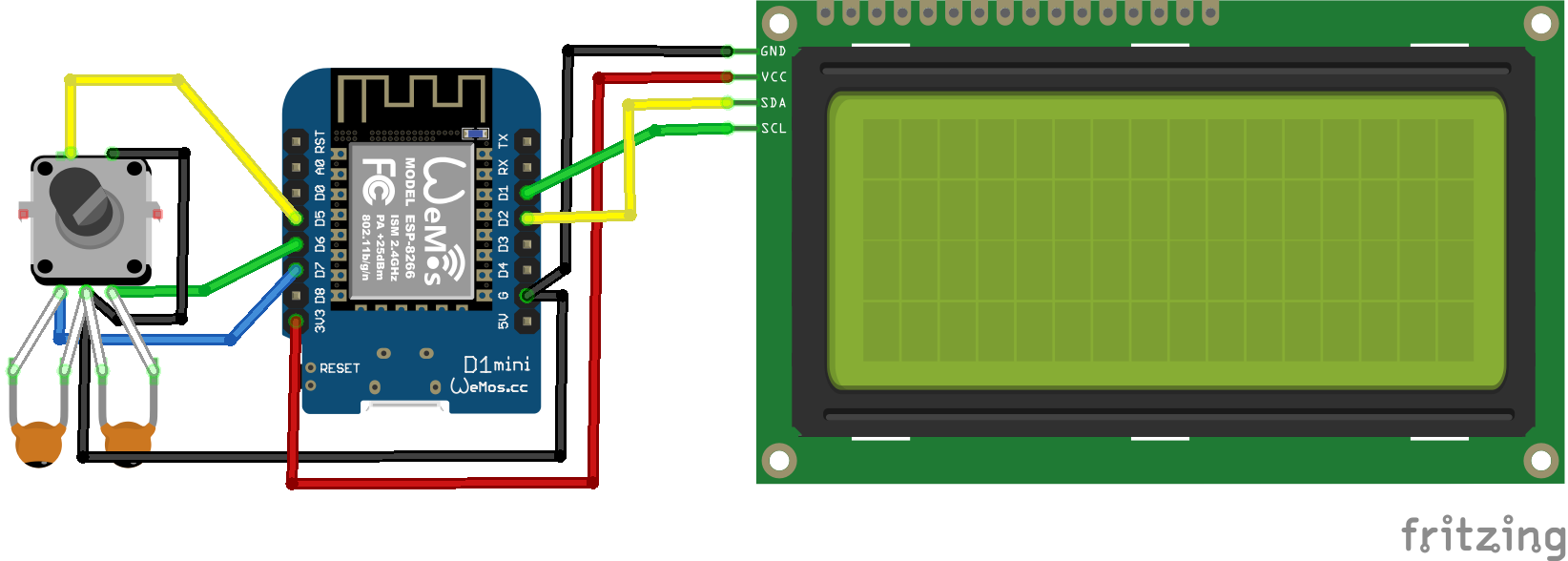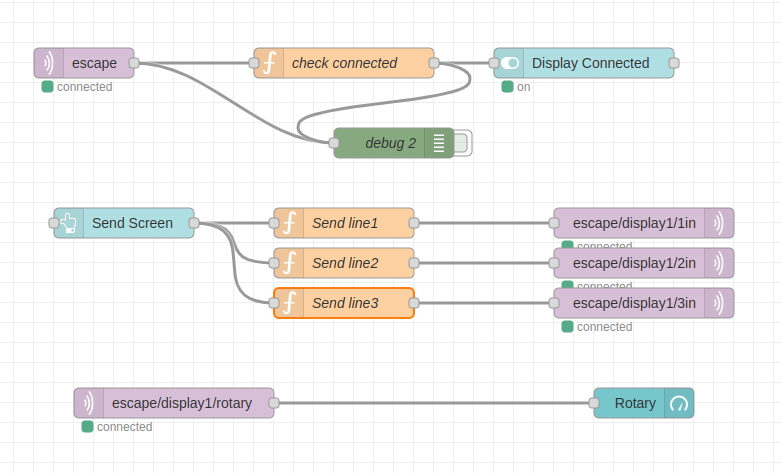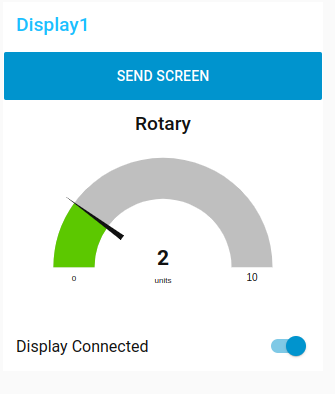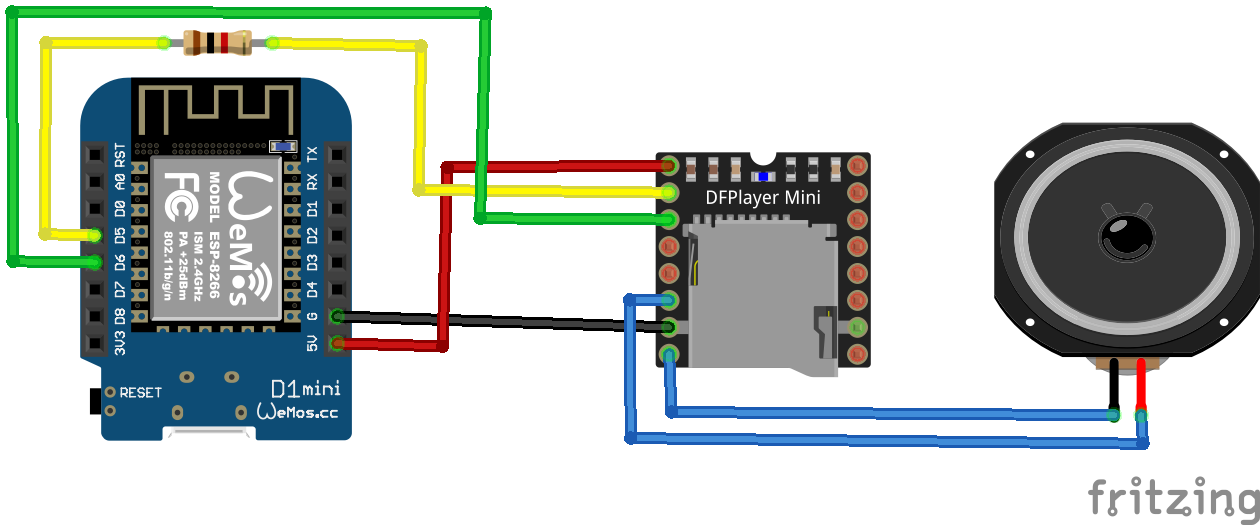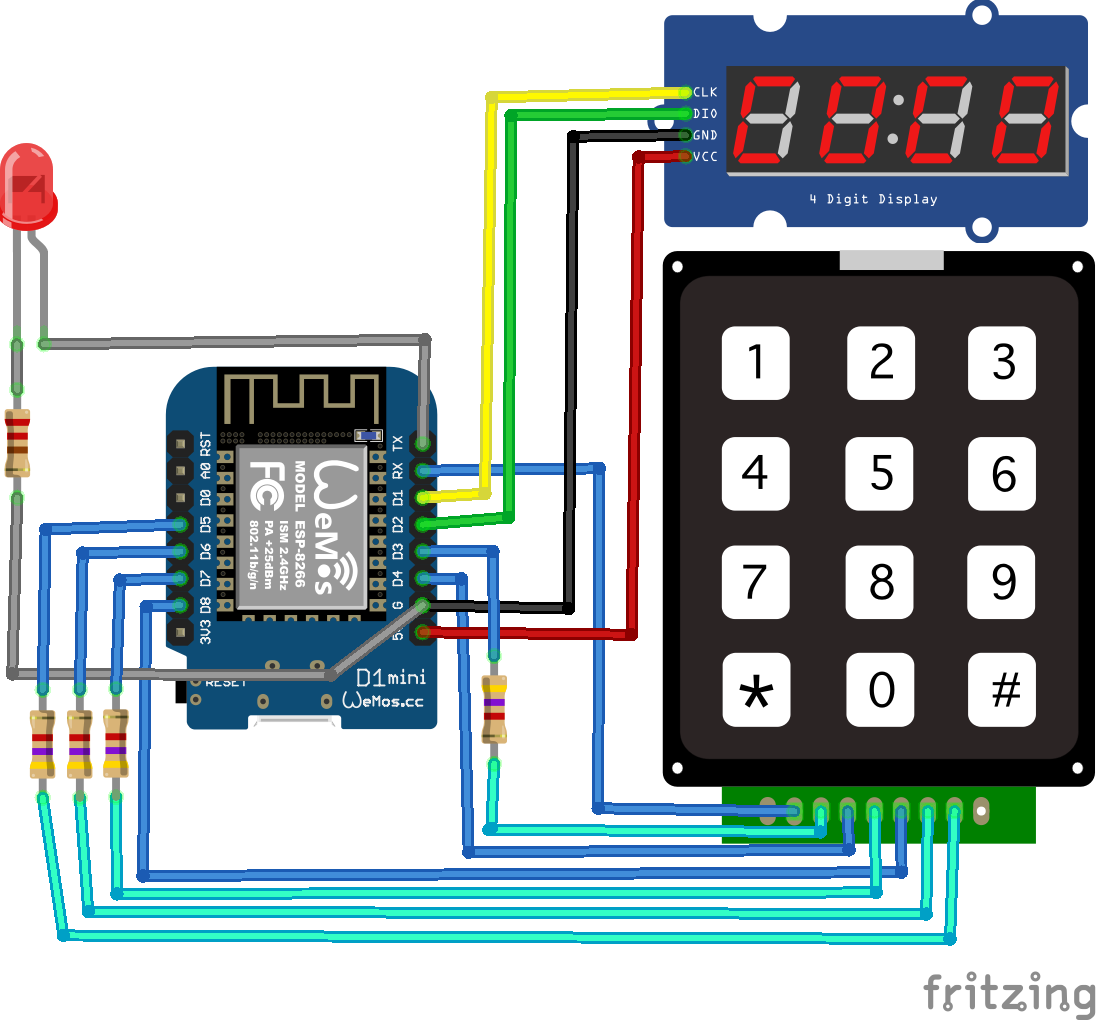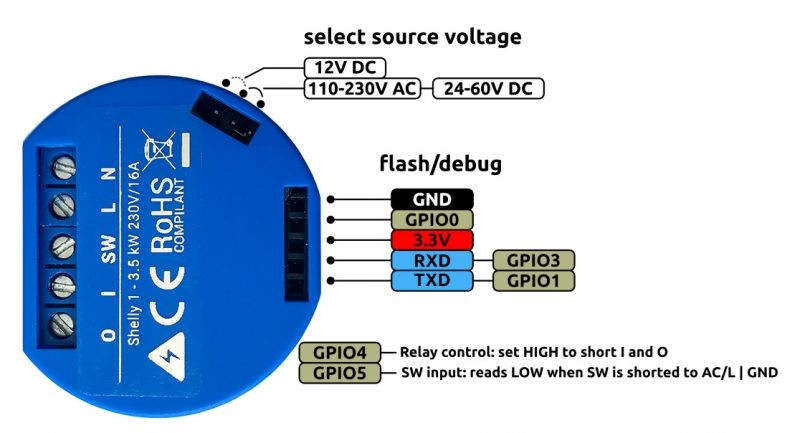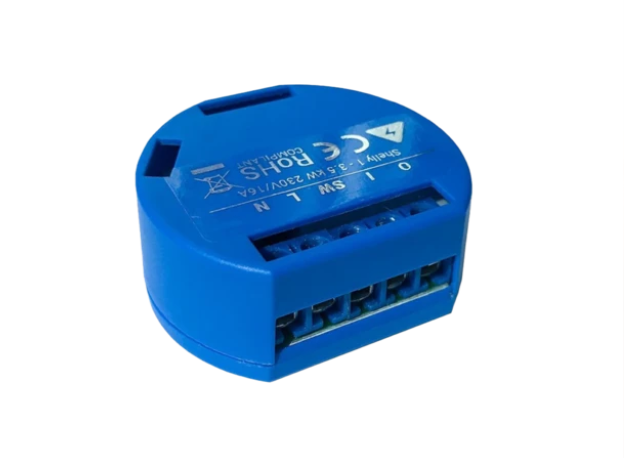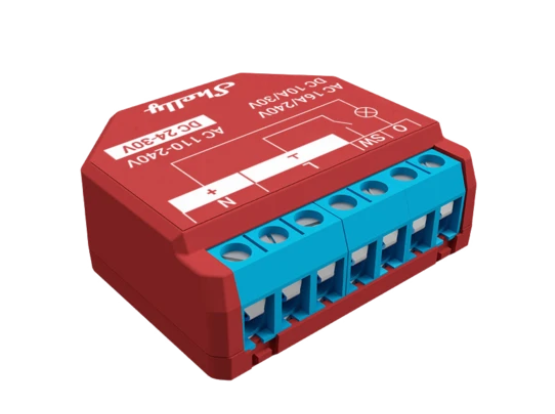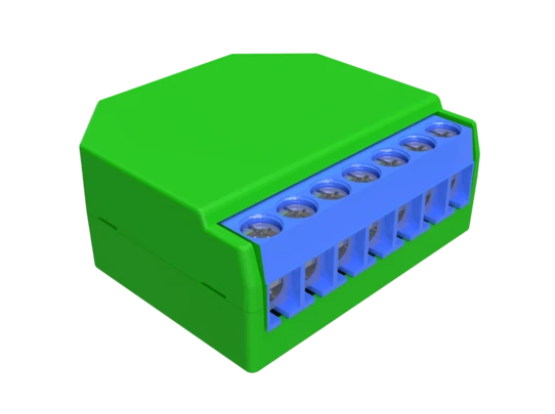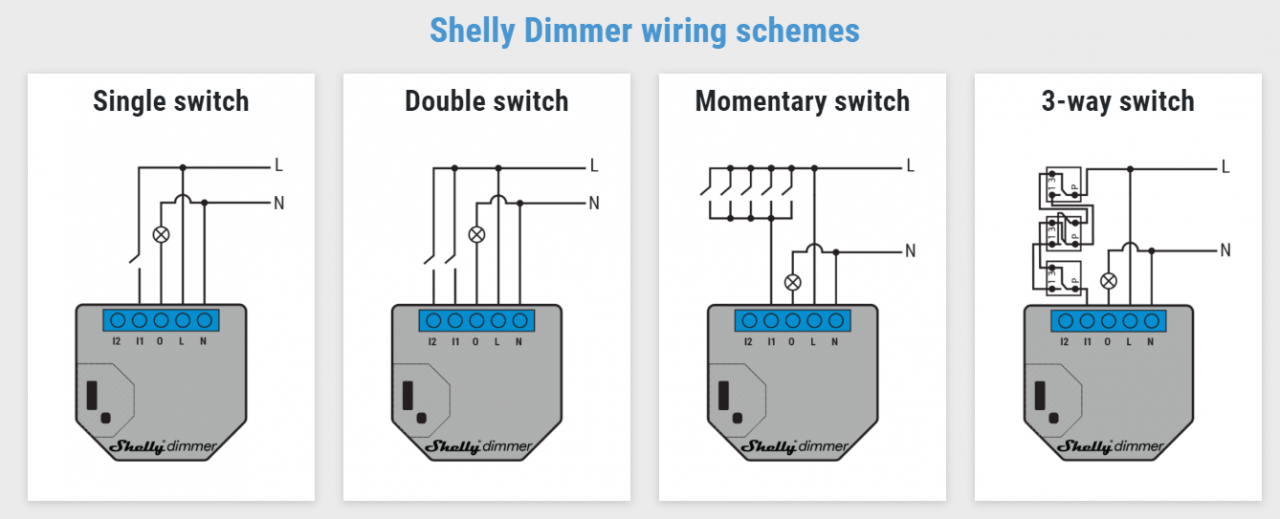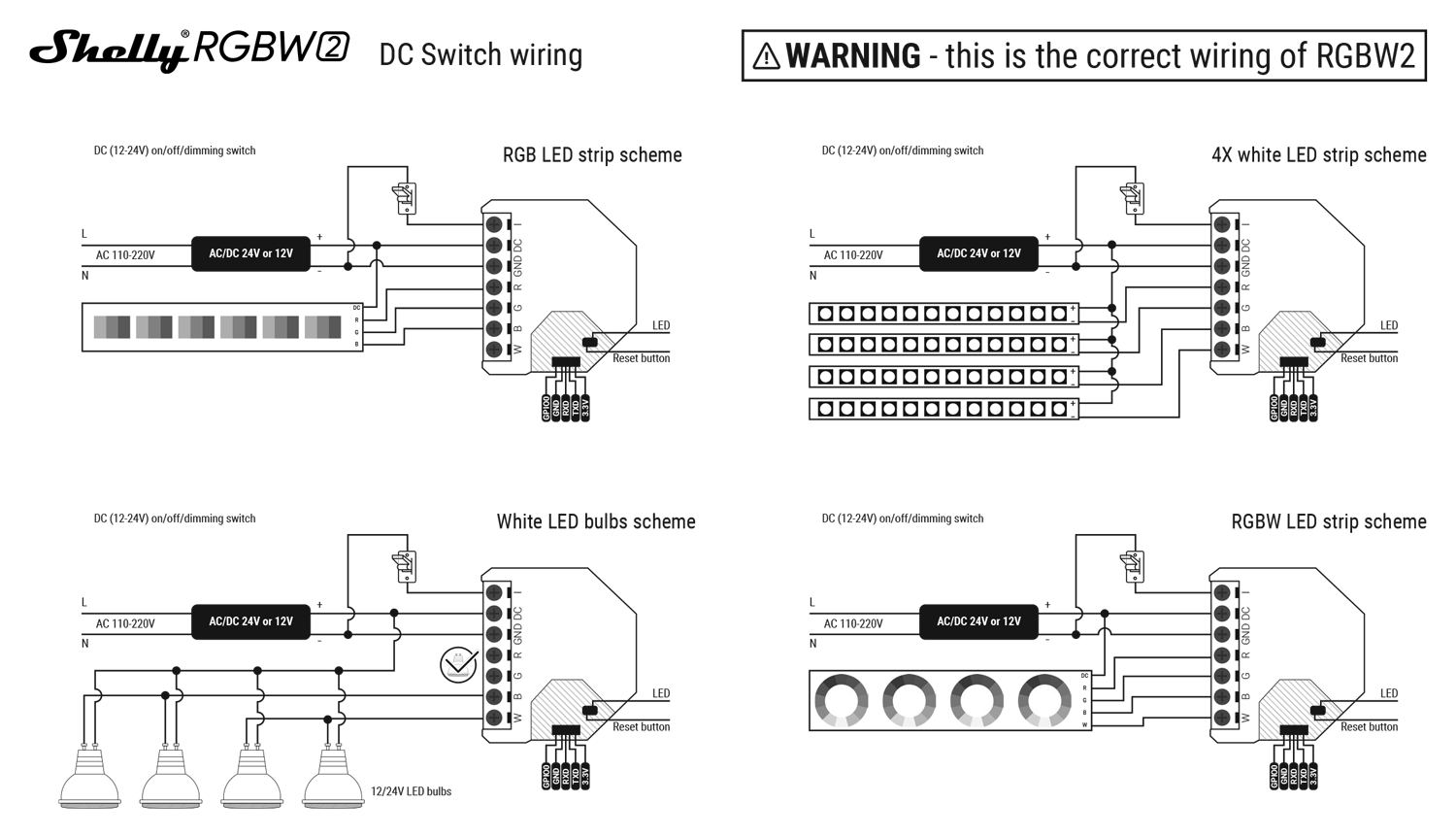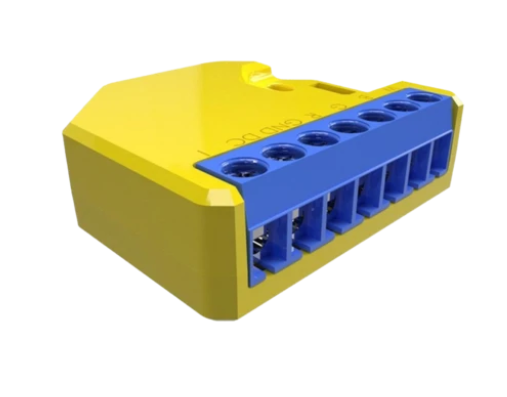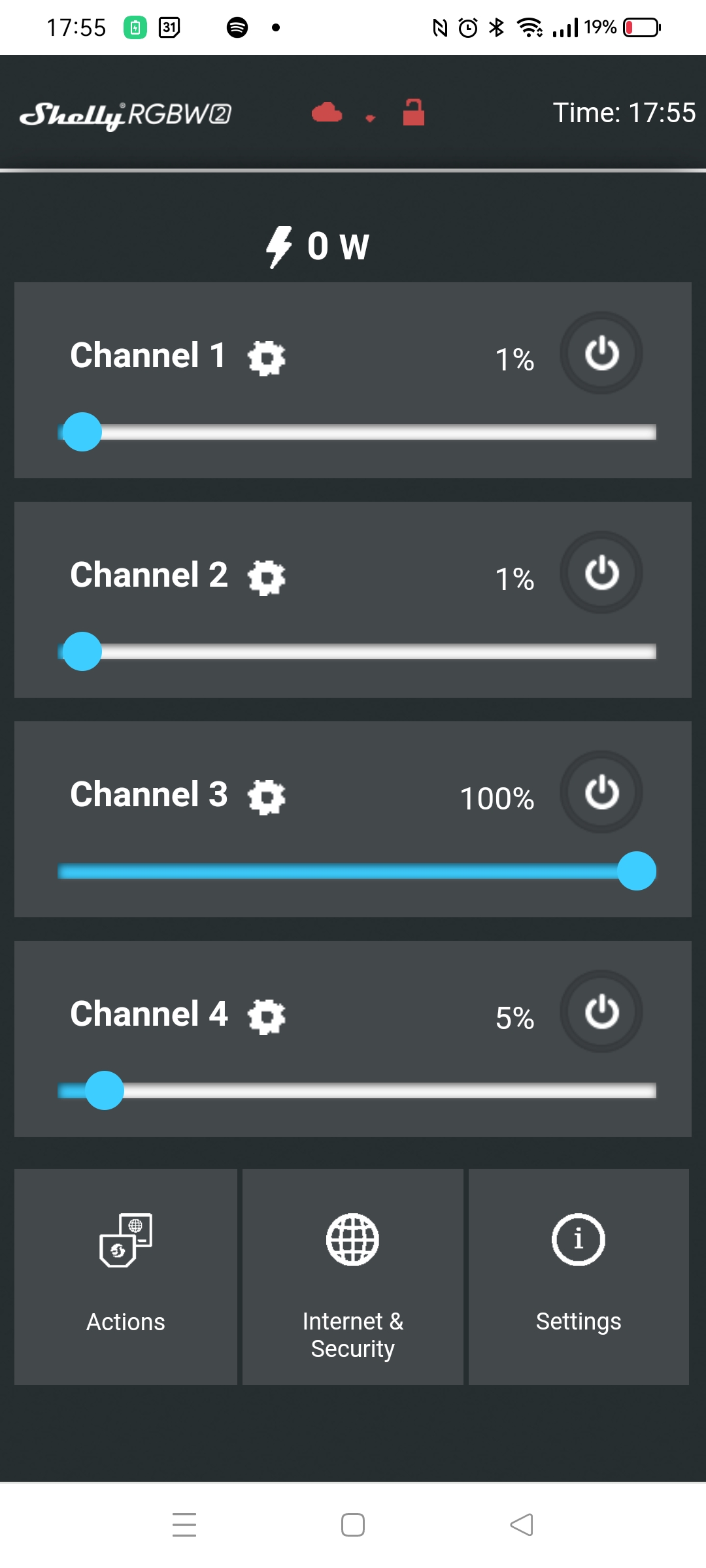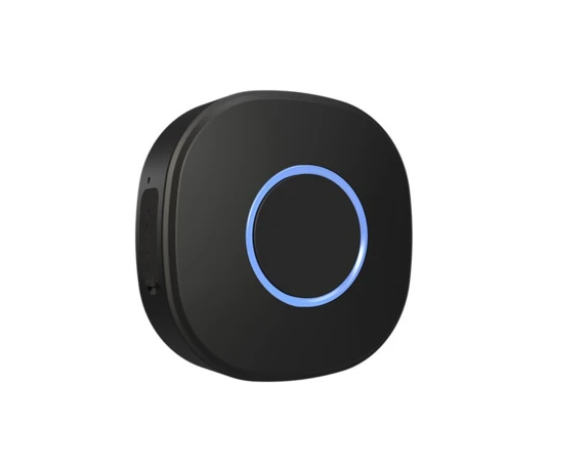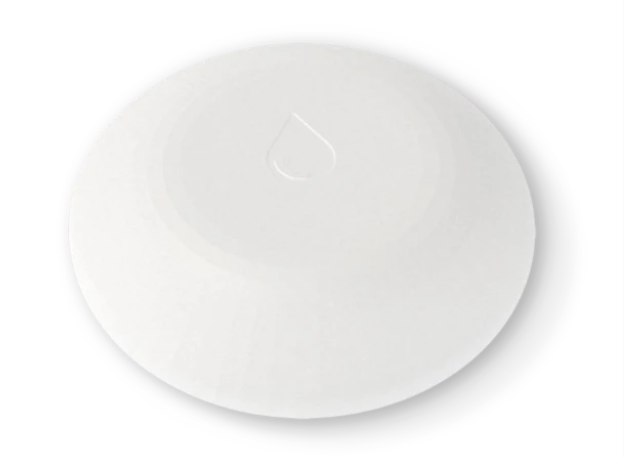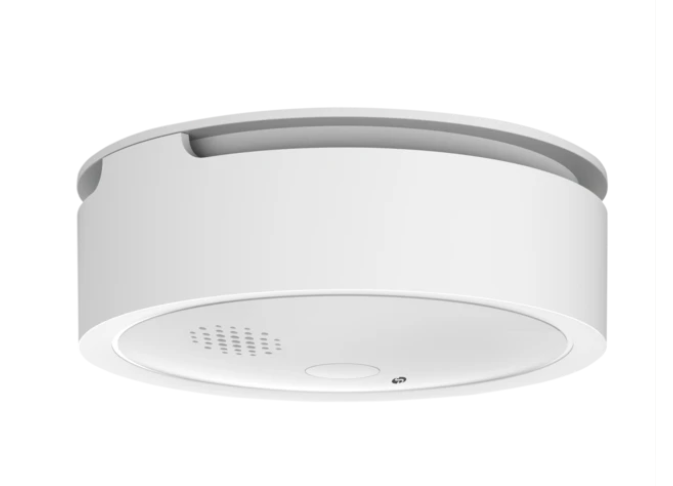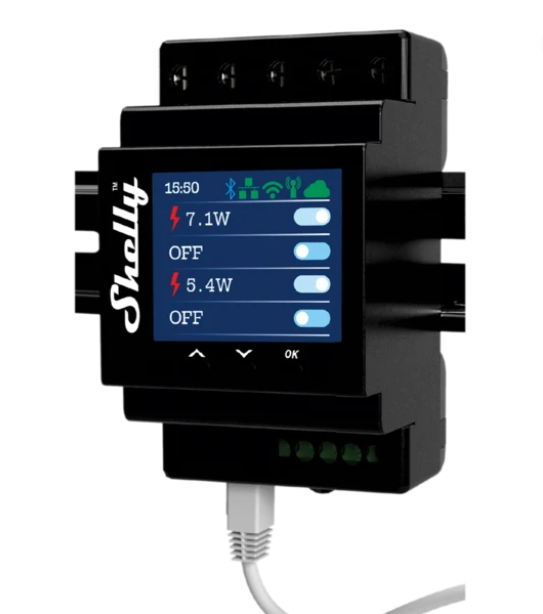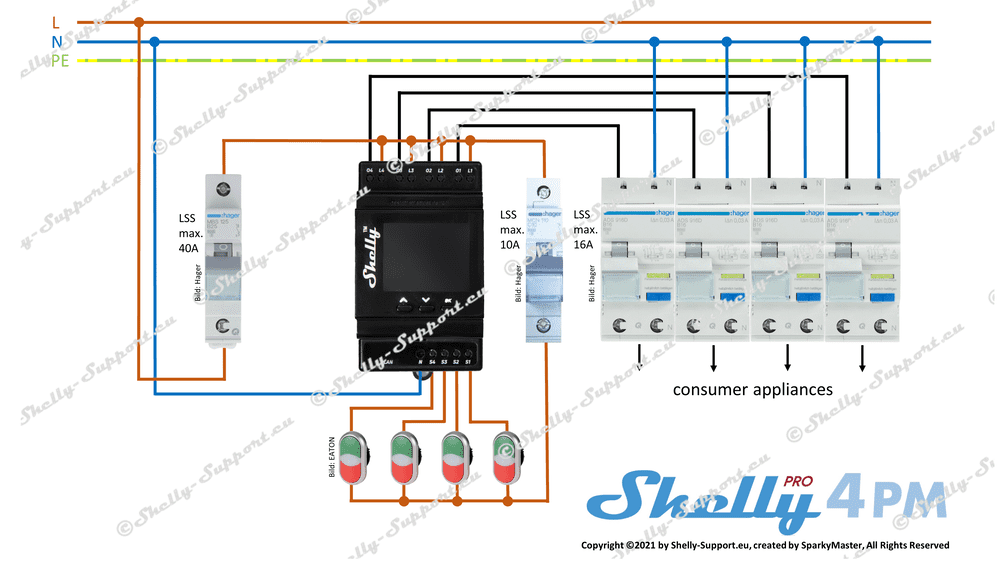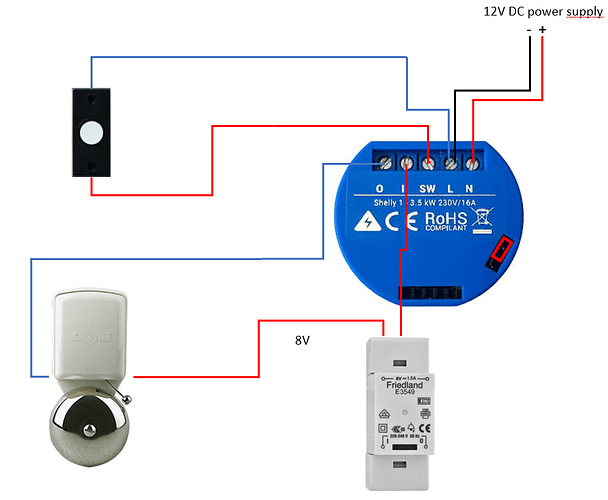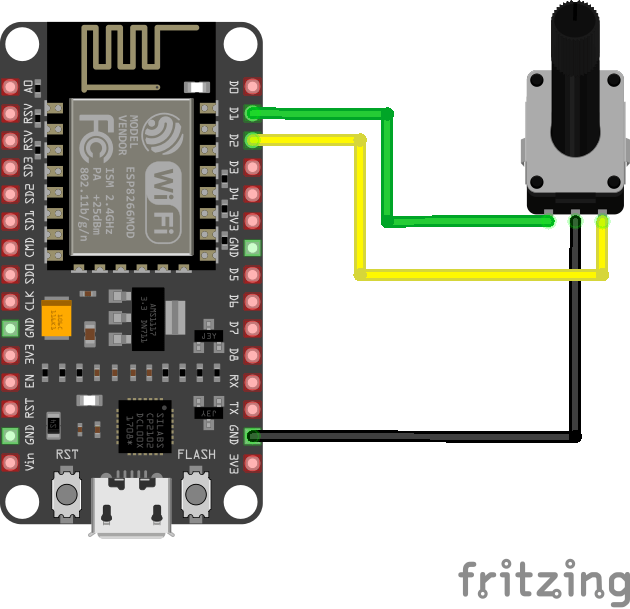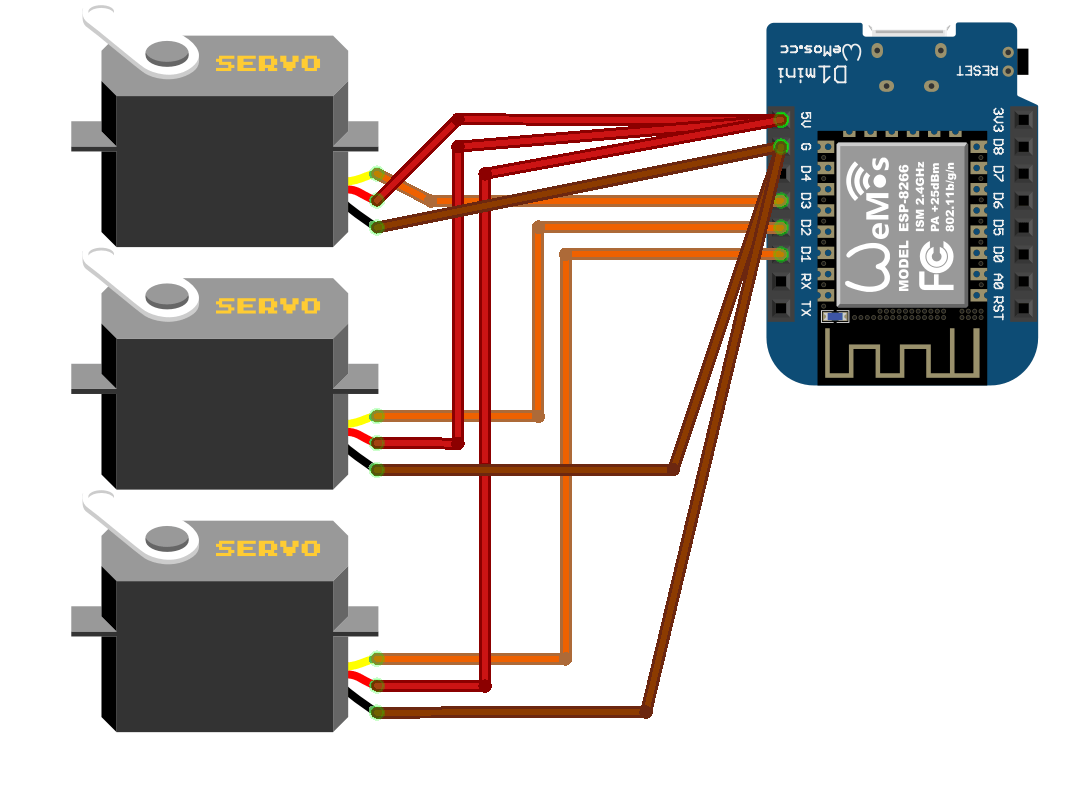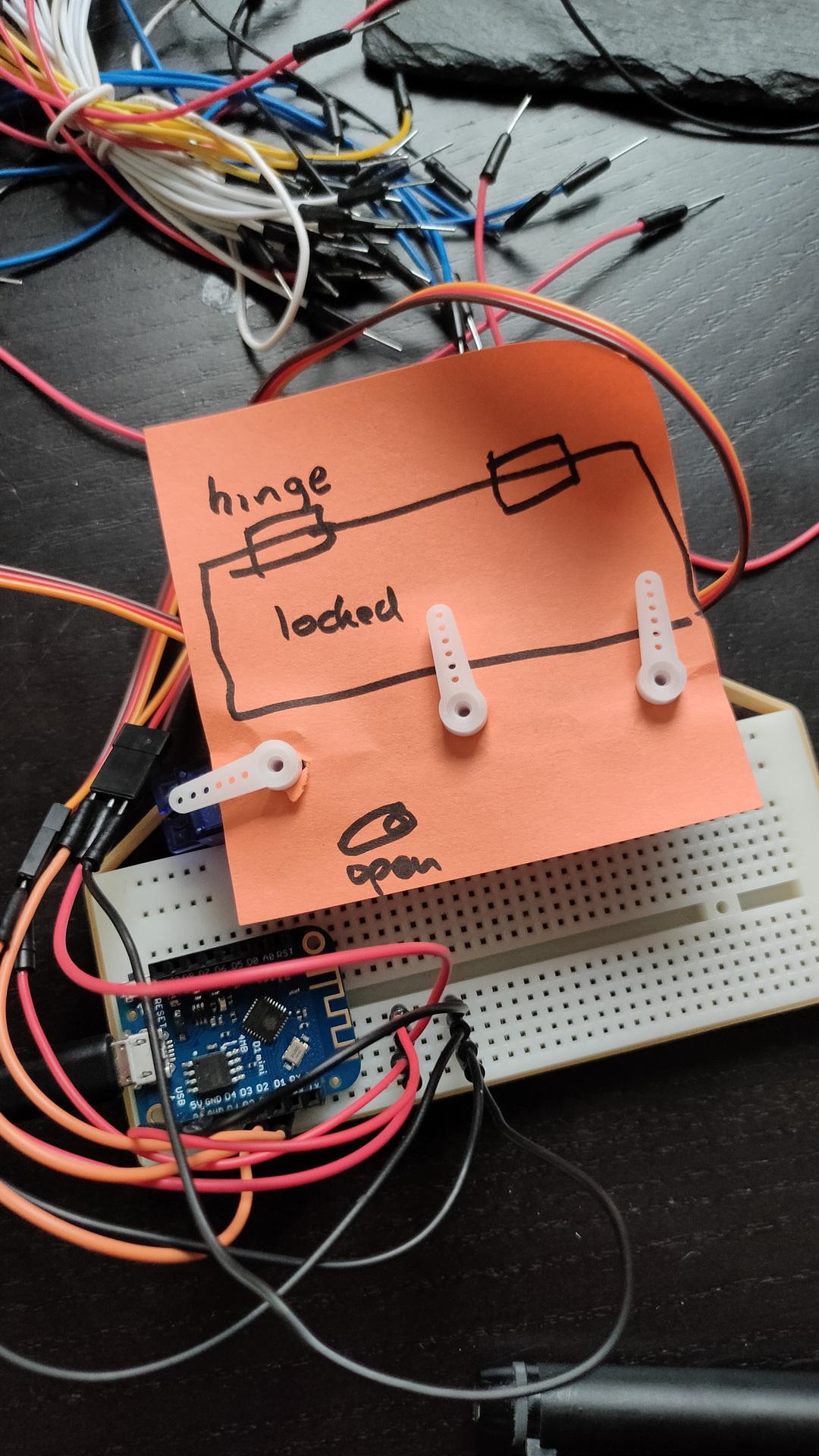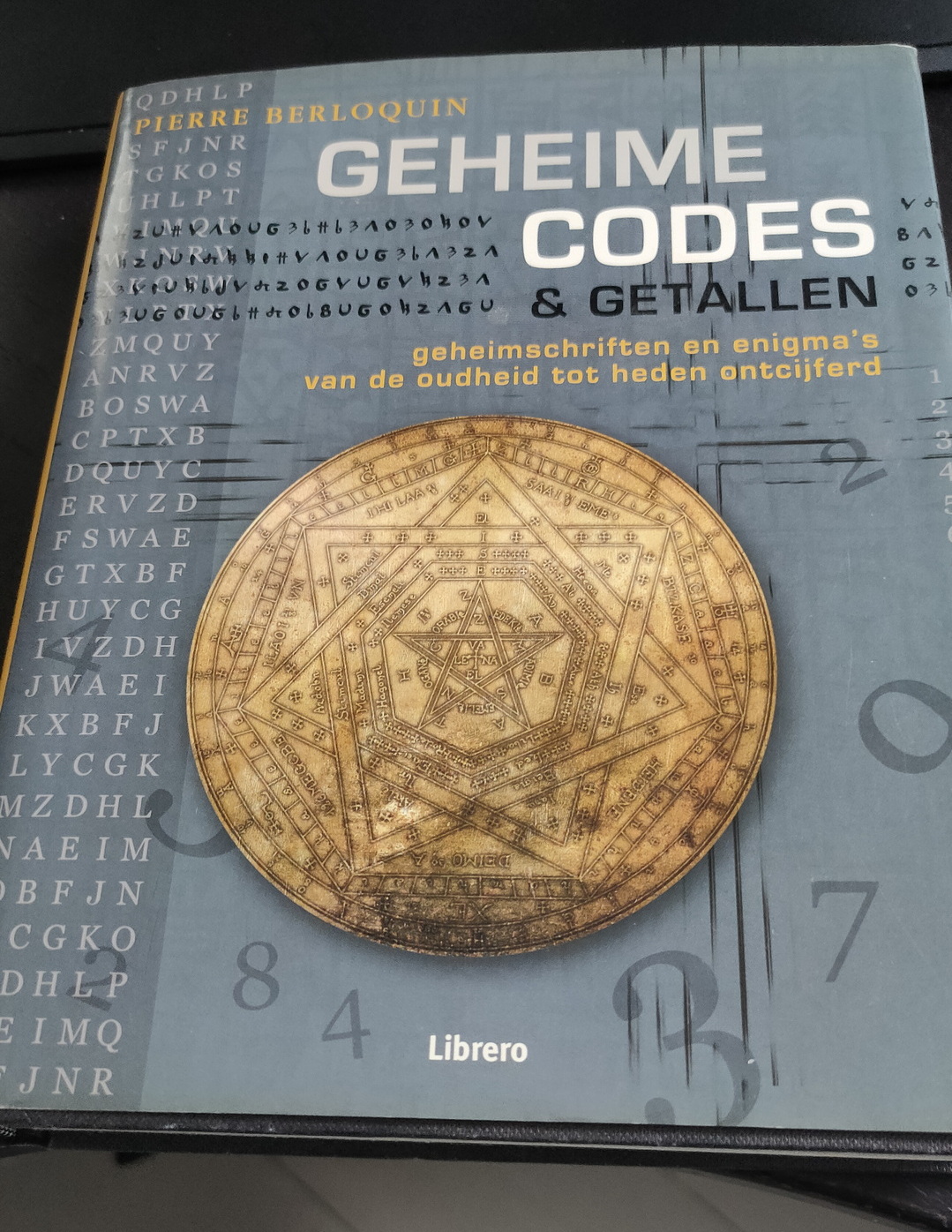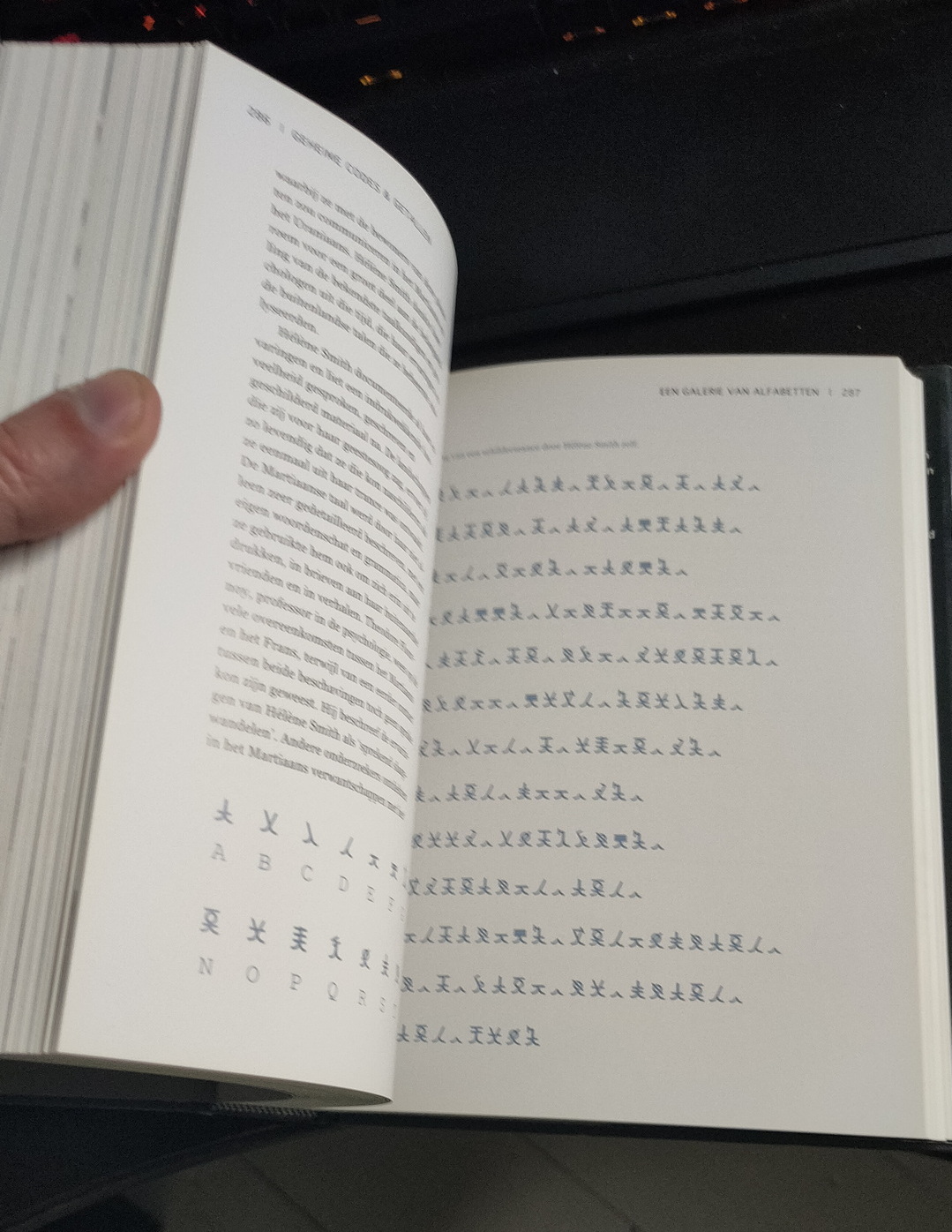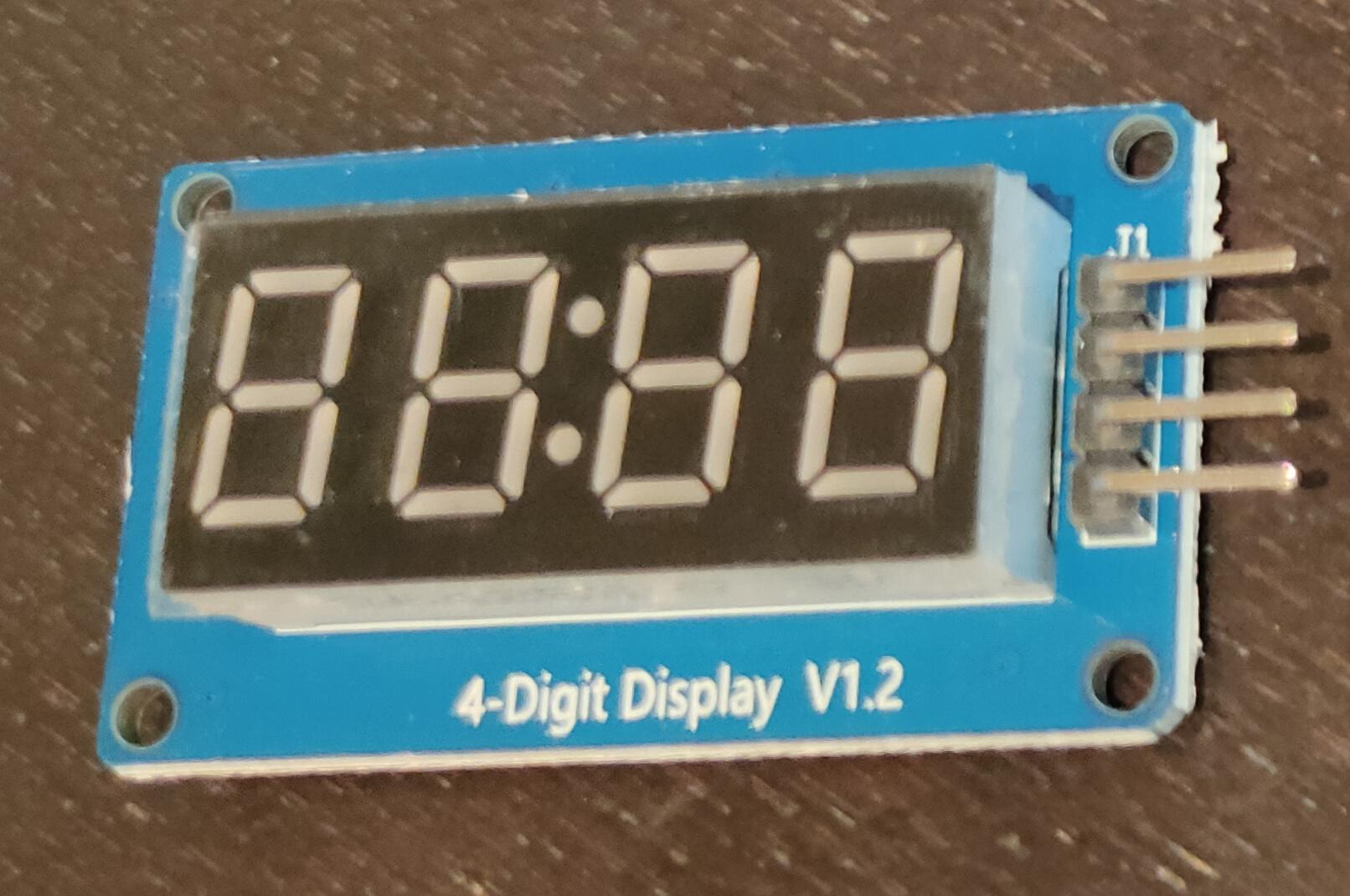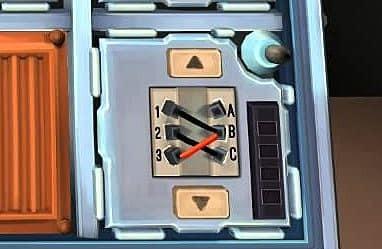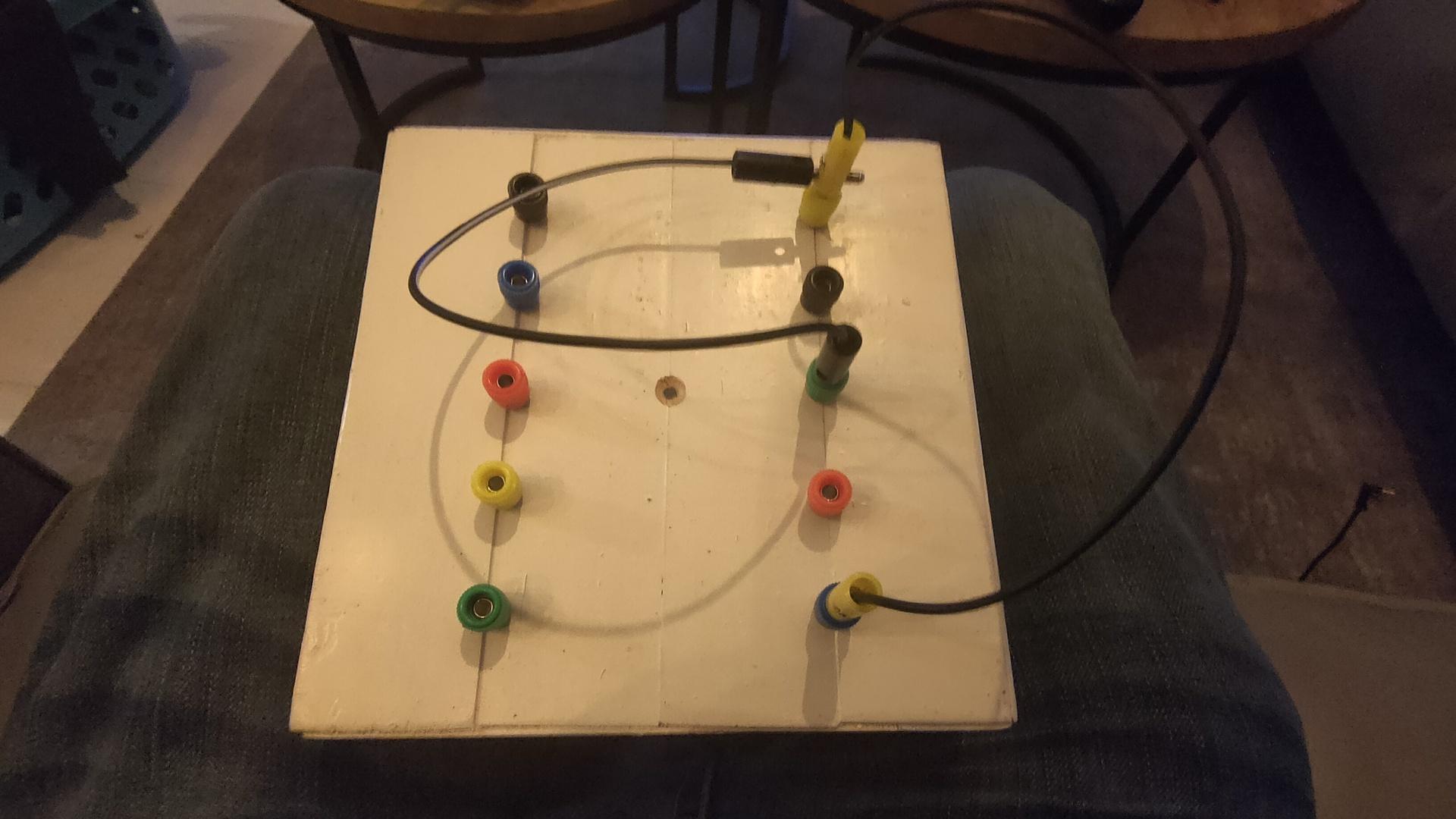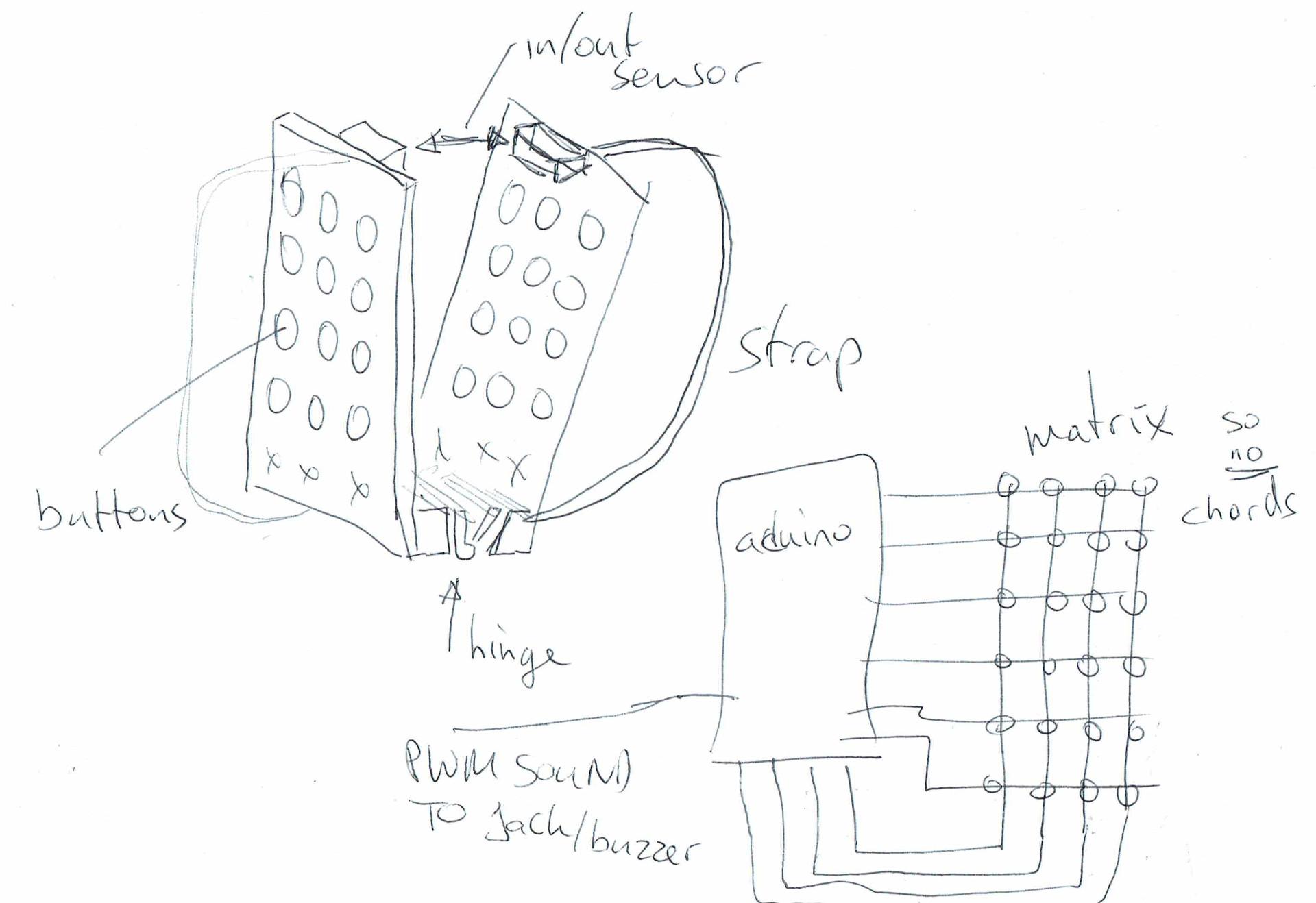Busy day: I’ve airbrushed some 3D pieces a few days ago, but i need 50 or so more.
Meanwhile is was reinstalling octoprint, and making a new version of my Bluetooth page flipper. (Android Music Sheet Pedal Thingy. Which i also didn’t post apparently)
But the main project was this:
I was curious how fast the stepper motors are on my laser cutter. And for what can we utilize this!
So I took a Raspberry Zero and some rotary encoders, lets make an etch-a-sketch like thingy.
Next to do: 3D print a pen holder, and alter the code to enable the laser when moving!
CODE
Below code uses a simple rotary class, and generates control GCodes for the steppers/Sculpfun
import time
import serial
import RPi.GPIO as GPIO
from encoder import Encoder
def valueChanged(value, direction):
print("* New value: {}, Direction: {}".format(value, direction))
GPIO.setmode(GPIO.BCM)
e1 = Encoder(20, 21, valueChanged)
e2 = Encoder(16, 12, valueChanged)
x = 0
y = 0
arduino = serial.Serial('/dev/ttyUSB0', 115200, timeout=.1)
newx = 0
mystringx = ""
newy = 0
mystringy = ""
arduino.write(str.encode("G00 G17 G40 G21 G54\r\n"))
arduino.write(str.encode('G90\r\n'))
arduino.write(str.encode('M4\r\n'))
arduino.write(str.encode('M8\r\n'))
arduino.write(str.encode('G0 X41.5Y36.05\r\n'))
arduino.write(str.encode('M3\r\n'))
#arduino.write(str.encode('G91\r\n'))
arduino.write(str.encode('G1 X2.5F6000S0\r\n'))
arduino.write(str.encode('G1 X0\r\n'))
arduino.write(str.encode('G1 Y0\r\n'))
try:
while True:
data = arduino.readline()[:-2] #the last bit gets rid of the new-line chars
if data:
print (data)
arduino.write(str.encode("G1 F10000\r\n"))
newx=e1.getValue() *5 + 100
newy=e2.getValue() *5 + 100
mystringx=f"G1 X{newx}\r\n"
mystringy=f"G1 Y{newy}\r\n"
# print(mystringx)
arduino.write(str.encode(mystringx))
arduino.write(str.encode(mystringy))
except Exception:
pass
GPIO.cleanup()
